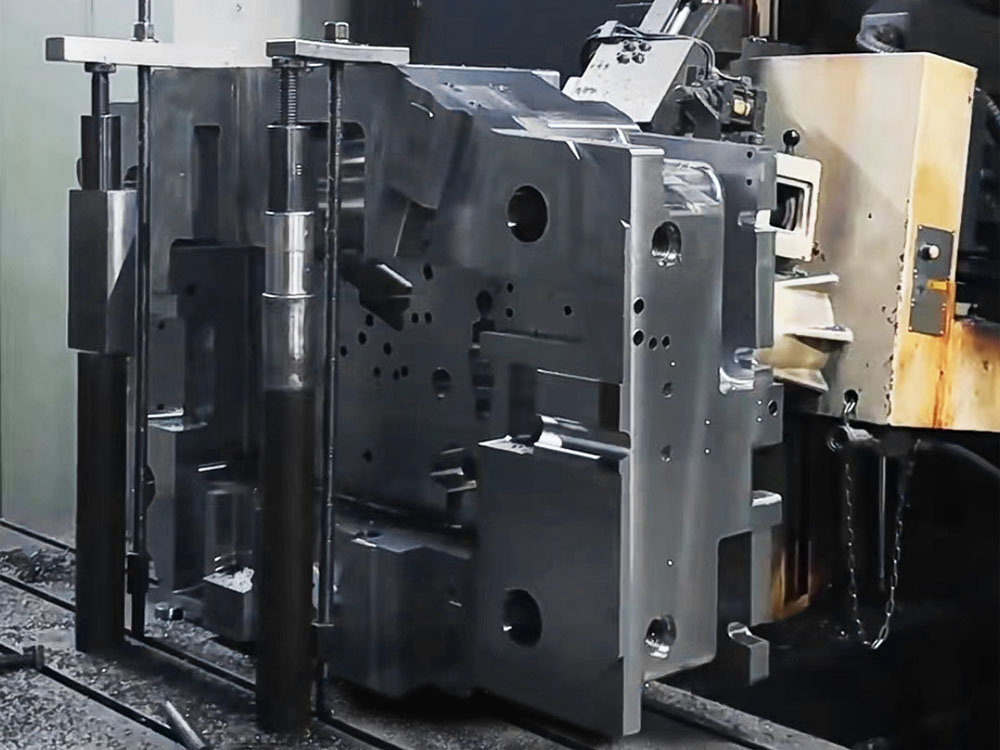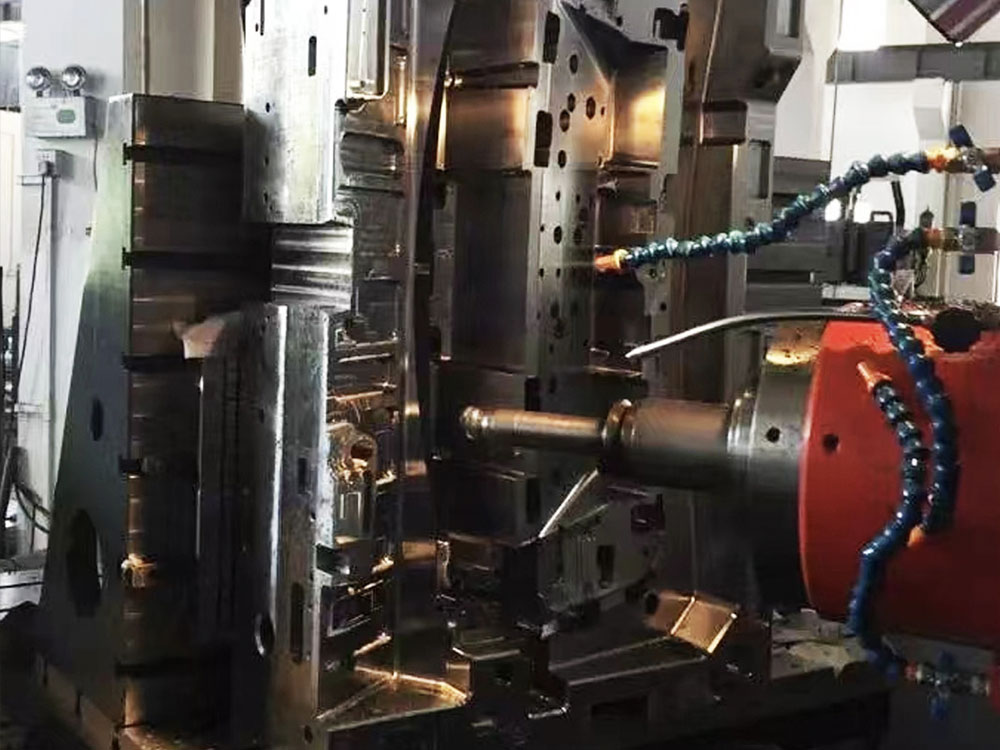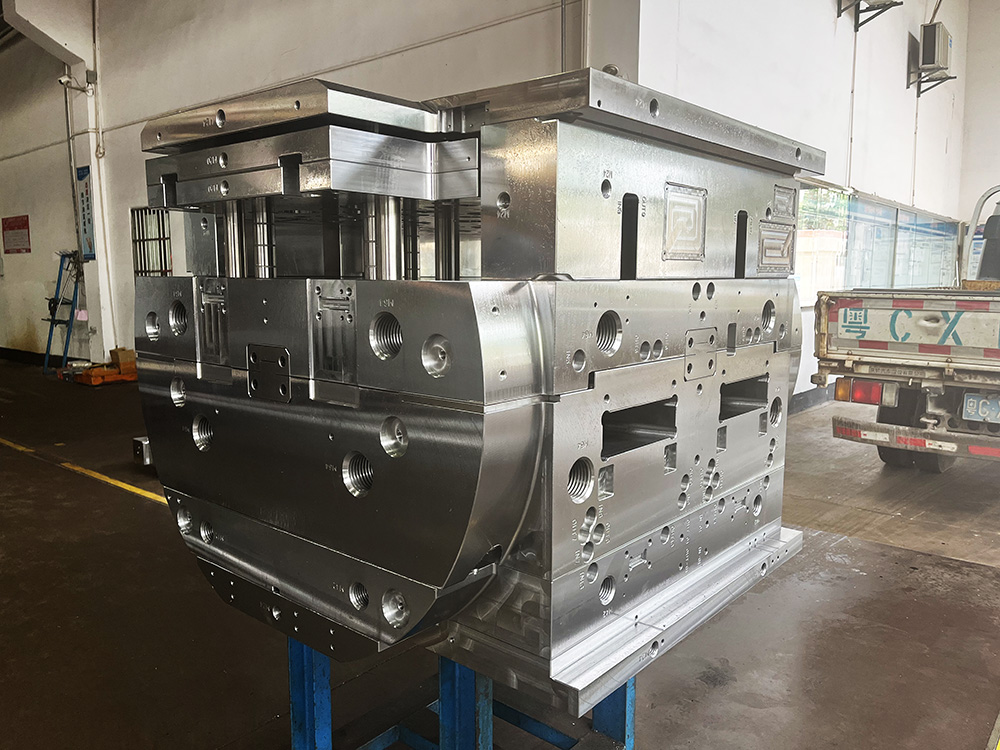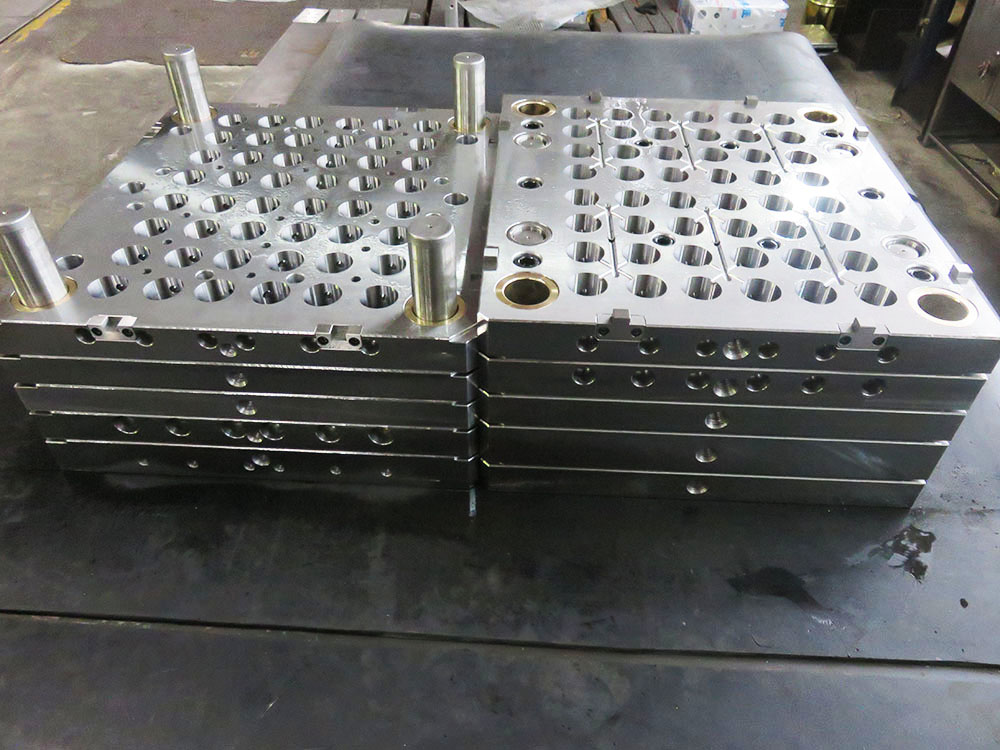Construction Plan for the Mobile Scaffolding for Engineering
Introduction In the mold base industry, the use of a mobile scaffolding system is crucial for ensuring efficient and safe work practices during engineering projects. This construction plan outlines the necessary steps and considerations for the assembly and utilization of the mobile scaffolding system in the mold base industry. This plan aims to provide a clear and professional guide for implementing scaffolding in construction projects.
1. Site Inspection and Preparation
Prior to the installation of the mobile scaffolding, a thorough site inspection should be conducted to assess the specific requirements and conditions of the engineering project. Factors to consider during this inspection include terrain, ground stability, overhead obstructions, and the load-bearing capacity of the ground. It is essential to ensure that the chosen location for the scaffolding is suitable and safe for construction activities.
2. Material and Equipment Acquisition
Procure the necessary materials and equipment for the mobile scaffolding assembly. This includes scaffold poles, couplers, platforms, guardrails, base plates, adjustable jacks, and ladders. All materials should conform to relevant industry standards, ensuring their durability and structural integrity. Additionally, acquire all necessary personal protective equipment (PPE) for the workers involved in the assembly process.
3. Assembly and Installation
Follow these steps to assemble and install the mobile scaffolding system:
- Prepare the base plates and adjustable jacks. Place the adjustable jacks on the base plates evenly across the desired position for the scaffolding's first corner.
- Join the scaffold poles and couplers, ensuring a secure connection. Erect the first corner of the scaffolding by fitting the base of the first pole into the adjustable jack and securing it with a coupler.
- Continue attaching scaffold poles and couplers to create the desired scaffold height and shape. Ensure that each connection is tightened to prevent any movement or instability.
- Install the platforms at suitable intervals throughout the vertical scaffold poles, ensuring they are secured with appropriate couplers.
- Attach guardrails to the top of the scaffolding using suitable couplers, ensuring a safe working environment at height.
- Install ladders or reliable access points to enable workers to safely reach the platforms from the ground.
4. Inspection and Maintenance
Regular inspection and maintenance are crucial to ensure the stability and safety of the mobile scaffolding system. Inspect the scaffolding before each use, focusing on connections, stability, and any potential signs of damage. Any faulty or damaged components should be immediately replaced. Additionally, periodic inspections by a qualified professional should be conducted to ensure the ongoing structural integrity of the scaffolding.
5. Dismantling and Storage
When the engineering project is complete, dismantle the mobile scaffolding system in a safe and organized manner. Start by removing any attached platforms, guardrails, and ladders before systematically disassembling the scaffold poles and couplers. Ensure that each component is carefully stored in a secure location to prevent damage and loss.




